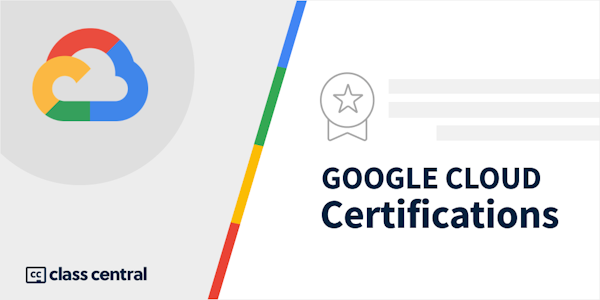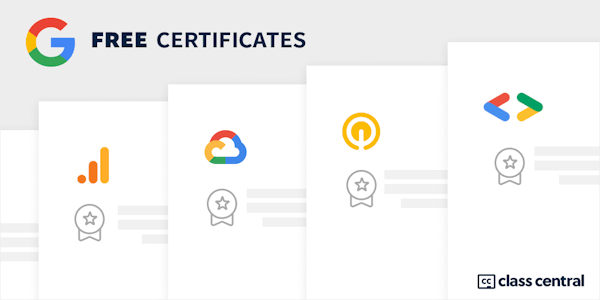G Suite Security is the third course in the G Suite Administration series.
In this course you will focus on the various aspects of G Suite Security including user password policies and how to enable and enforce two step verification (2SV) for your users. You will learn about application security and understand how to whitelist and block API access to your account. You will see how G Suite can easily be integrated with a number of predefined 3rd party applications. You will also become familiar with the SSO options in G Suite. Finally you will understand how to spot potential security risks within your organization and learn how to address them using the tools available in the admin console.
Learning Objectives
By the end of this course participants will be able to:
- Configure Google's default user protection settings such as password policies and recovery options.
- Understand best practices for implementing and enforcing 2-step verification in your organization.
- Understand the SSO options available and be able to identify the differences between using Google as an Identity Provider versus a 3rd party provider.
- Be able to integrate cloud based enterprise SAML applications into your G Suite account using Google as the Identity Provider.
- Understand how to integrate your own LDAP compliant applications into G Suite using the Secure LDAP service.
- Restrict access to a Google service to trusted applications only to prevent malicious attacks on that service.
- Manage the G Suite Marketplace for your organization to ensure only trusted applications can be installed on your devices.
- Use the security and alert centers to identify, triage, and take action on security and privacy issues in your organization.
Prerequisites
You should have completed the Introduction to G Suite and Managing G Suite courses.
In this course you will focus on the various aspects of G Suite Security including user password policies and how to enable and enforce two step verification (2SV) for your users. You will learn about application security and understand how to whitelist and block API access to your account. You will see how G Suite can easily be integrated with a number of predefined 3rd party applications. You will also become familiar with the SSO options in G Suite. Finally you will understand how to spot potential security risks within your organization and learn how to address them using the tools available in the admin console.
Learning Objectives
By the end of this course participants will be able to:
- Configure Google's default user protection settings such as password policies and recovery options.
- Understand best practices for implementing and enforcing 2-step verification in your organization.
- Understand the SSO options available and be able to identify the differences between using Google as an Identity Provider versus a 3rd party provider.
- Be able to integrate cloud based enterprise SAML applications into your G Suite account using Google as the Identity Provider.
- Understand how to integrate your own LDAP compliant applications into G Suite using the Secure LDAP service.
- Restrict access to a Google service to trusted applications only to prevent malicious attacks on that service.
- Manage the G Suite Marketplace for your organization to ensure only trusted applications can be installed on your devices.
- Use the security and alert centers to identify, triage, and take action on security and privacy issues in your organization.
Prerequisites
You should have completed the Introduction to G Suite and Managing G Suite courses.





